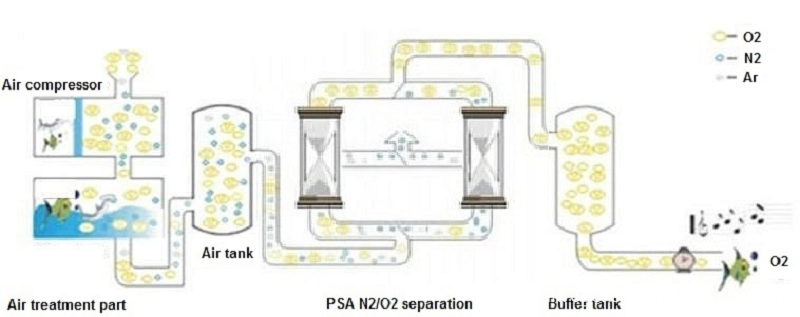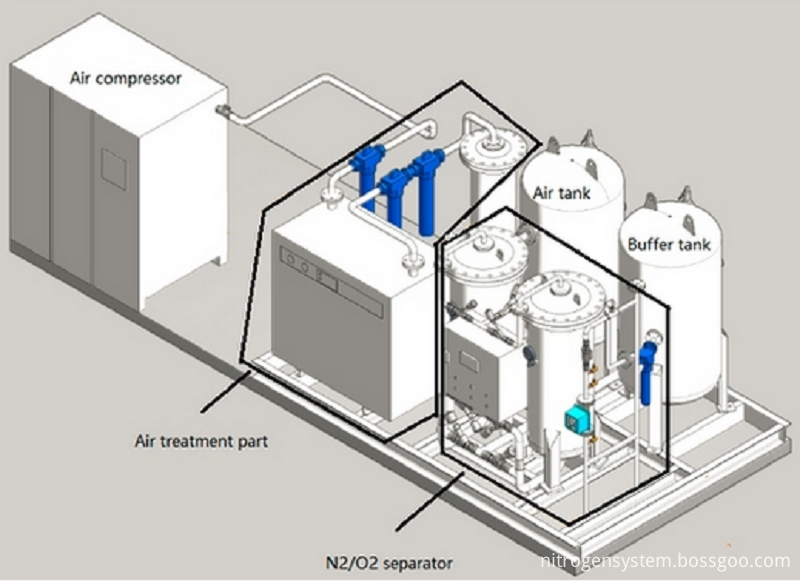Ashkenazi luxury brand plays "Three Kingdoms kill" pattern changes rapidly
The pattern changes quickly The Ashkenazi top announced its own statistics in January. From this we can see that BMW is in a leading position. Audi has quietly caught up with Mercedes. In China, the situation is exactly the opposite, with Audi leading, BMW following, and Mercedes behind.
According to the company's respective published data, sales of the BMW Group reached 1.67 million in 2011, a year-on-year increase of 14.7%. Among them, the sales volume of BMW brand increased by 12.8% to 1.38 million vehicles. The world's first and second largest markets for BMW are the United States and Germany. Audi's global auto sales increased by 19.2% year-on-year to a record of 1.3 million units in 2011, surpassing the 1.26 million Mercedes-Benz sales, and pursuing sales of 1.38 million BMWs. The increase in sales was mainly attributed to the Chinese and Russian markets. The need to promote. According to overseas reports, Audi intends to use its strength in China and the United States to strive to replace BMW as the world’s No. 1 luxury car brand by 2015. The data shows that Audi's global sales volume in 2006 was a difference of 28,000 units from BMW, which was reduced to 200,000 units in 2008. By 2010, this number has further narrowed to 132,000 units. In 2011, the gap between Audi and BMW narrowed to around 80,000 vehicles.
In the Chinese market, the three are exactly the opposite: According to Audi's official website, Audi's total sales in China reached 313,036 vehicles in 2011, an increase of 37% year-on-year. At the same time, Audi also stated that China has surpassed Germany as its largest global sales market. The BMW Group announced that it delivered 232,586 BMW and MINI cars to customers in 2011, an increase of 37.6% year-on-year. Among them, the BMW brand sold 217,068 vehicles, an increase of 37% year-on-year. Daimler announced that in 2011 the company’s Mercedes-Benz, Smart, Maybach and AMG brand cars sales in the Chinese market increased by 35% from the previous year to 19,520 vehicles.
The difference in performance between the international market and the Chinese market reflects the different development ideas of the three companies. At the same time, it strives to have a big development in the Chinese market and seems to be becoming a consensus formed by the three companies.
Different development roads for the three German market performance, people can not help but to describe the true tripartite. However, the mystery of strengths and weaknesses in the changes is very complex and difficult to analyze through data.
From the long-term luxury car market "boss" Mercedes-Benz said that although BMW is ahead of Mercedes-Benz with a young and determined to forge ahead, but its leading position in the high-end field is still unshakeable. In the Chinese luxury car market with a particular focus on comfort and luxury, Mercedes-Benz's S-series luxury cars have particularly good performance. It is precisely because of the good performance of its imported cars that Mercedes-Benz has been able to catch up with BMW in the Chinese market so quickly. With Audi. The relatively weakest areas are the slow pace in domestic production, and have not been well coordinated in the import and domestic sales systems so that the rapid increase since the second half of last year has weakened.
BMW has embarked on a path of smooth development over the years. One of the secrets of its success is to study Audi's experience in China and try to expand the output of domestic BMW. This is a glimpse of the proportion of the top 3 automakers in China: Mercedes-Benz's domestic sales are only 35% of the total, while BMW is more than 50%, Audi's figure is 85%. Learning from Audi made BMW maintain its rapid approach to Audi.
Relatively speaking, Audi, the first to enter the Chinese market and dared to change its own proud products for the Chinese market, has now less and less had the original advantage. Compared with its two strong competitors, the initial benefits of its products have become less obvious, but it still has obvious advantages in the coordination of imported and domestic products, which makes the series originally only The products that Europe has better sales and are difficult to sell in the United States and other places have a good market in China. The Chinese market is relatively important to Audi as the US market is to BMW.
How will the competitive pattern of the top three German teams change in the future? The most noteworthy is how the current fleeting Mercedes will behave, especially how to coordinate the sales of imported cars and domestic cars. Another trend that merits attention is how Audi will seek new development opportunities in the current stage. Whether it will introduce more personalized or luxurious models into domestic manufacturing, it is estimated that this is also a key issue for its two major competitors.
Industrail Oxygen Generator is a machine producing oxygen from air. It only consumes electricity to get oxygen. It use Air Compressor to supply raw material, compressed air. The the compressed air is treated by three filters, one dryer and one oil remover. After treatment, the clean air goes into oxygen separator, in this part, the oxygen is separated and collected from air. Its flow chart is as below:

Its structure is like this:

Industrial oxygen generator specification:
Flow rate: 2-300 Nm3/hr
Purity: 90-98%
Outlet pressure: 5-10 bars.
Oxygen generator applications:
Refinery: electric arc furnace iron making, oxygen combustion assistance;
Environmental protection: drinking water treatment, waste water treatment, paper blanking, biochemical treatment of sewage;
Chemical industry: various oxidizing reaction, ozone generation, coal gasification;
Medical industry: Oxygen bar, oxygen therapy, sports healthcare;
Aquaculture: sea water, fresh water cultivation
Industrial Oxygen Generator,Industrial Psa Oxygen Generator,Industrial Medical Oxygen Generator
Shandong Gamma Gas Engineering Co. Ltd. , https://www.gammagases.com
